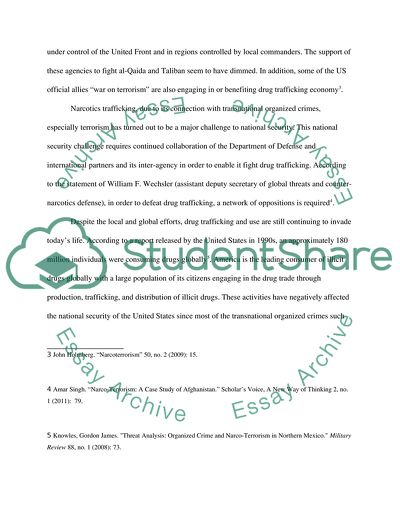Cite this document
(Drug Trafficking Phenomenon, the US-Colombia Counter-narcotics Efforts Assignment, n.d.)
Drug Trafficking Phenomenon, the US-Colombia Counter-narcotics Efforts Assignment. Retrieved from https://studentshare.org/social-science/1839357-essay-assignment-of-2-questions-3-pages-each
Drug Trafficking Phenomenon, the US-Colombia Counter-narcotics Efforts Assignment. Retrieved from https://studentshare.org/social-science/1839357-essay-assignment-of-2-questions-3-pages-each
(Drug Trafficking Phenomenon, the US-Colombia Counter-Narcotics Efforts Assignment)
Drug Trafficking Phenomenon, the US-Colombia Counter-Narcotics Efforts Assignment. https://studentshare.org/social-science/1839357-essay-assignment-of-2-questions-3-pages-each.
Drug Trafficking Phenomenon, the US-Colombia Counter-Narcotics Efforts Assignment. https://studentshare.org/social-science/1839357-essay-assignment-of-2-questions-3-pages-each.
“Drug Trafficking Phenomenon, the US-Colombia Counter-Narcotics Efforts Assignment”, n.d. https://studentshare.org/social-science/1839357-essay-assignment-of-2-questions-3-pages-each.


